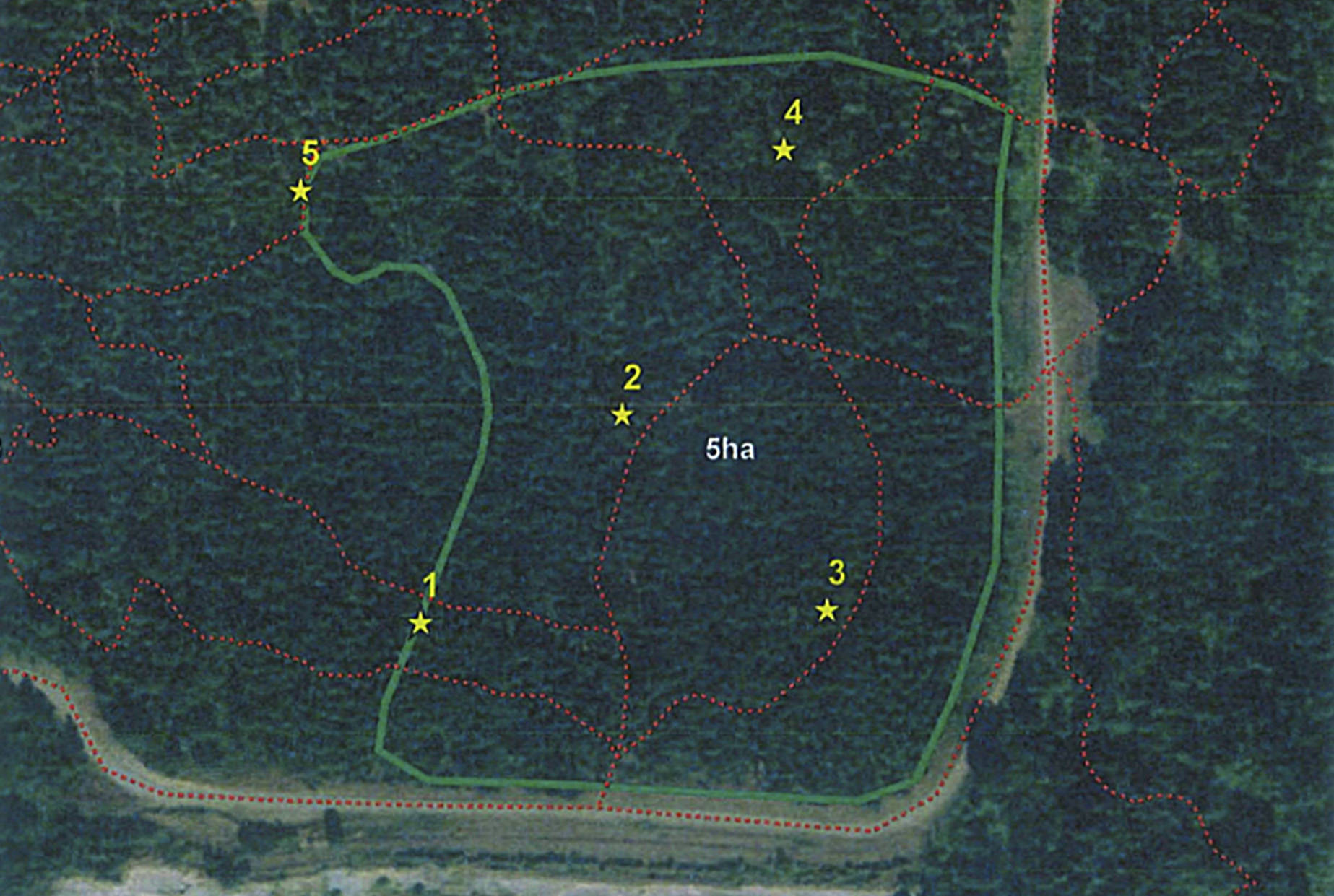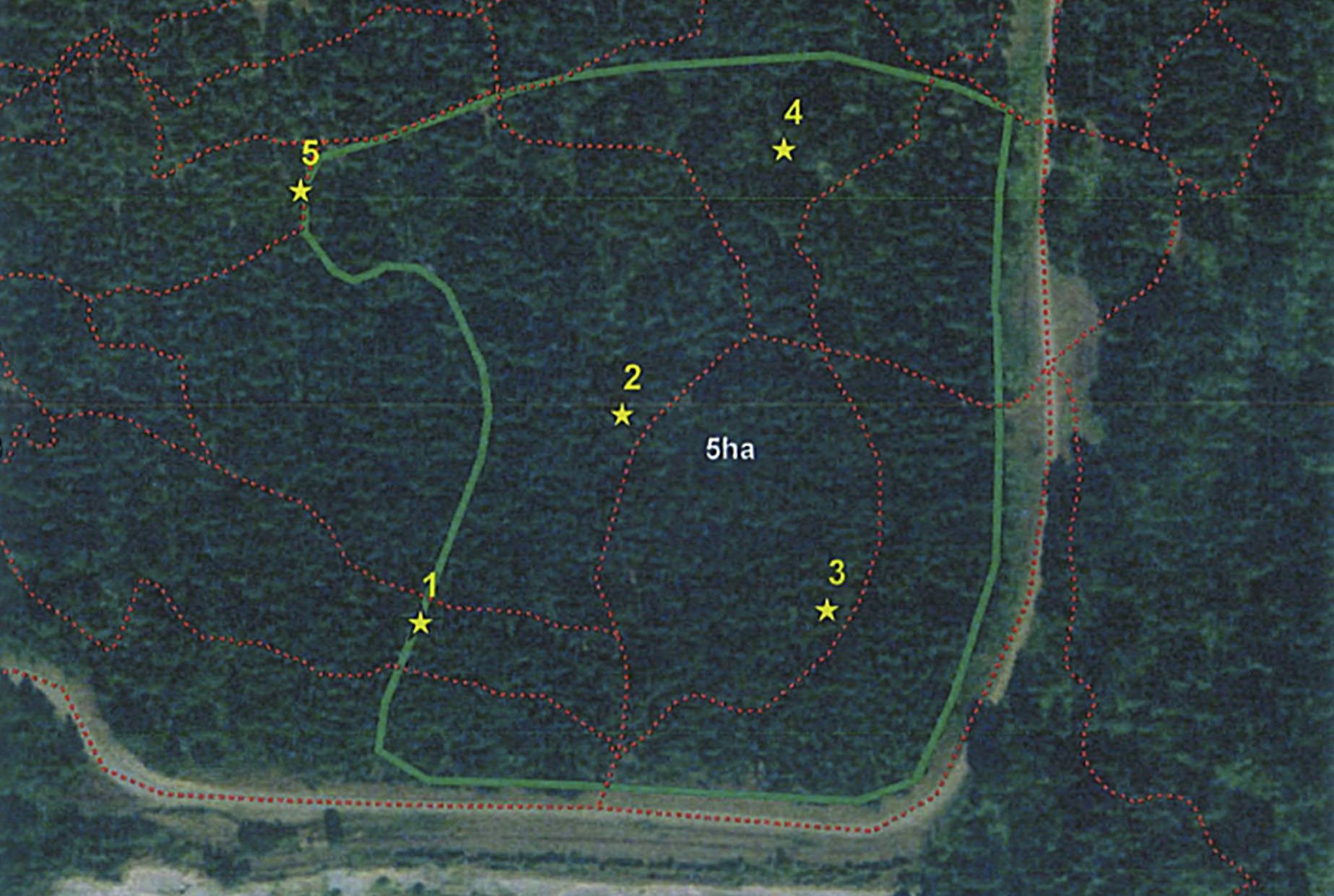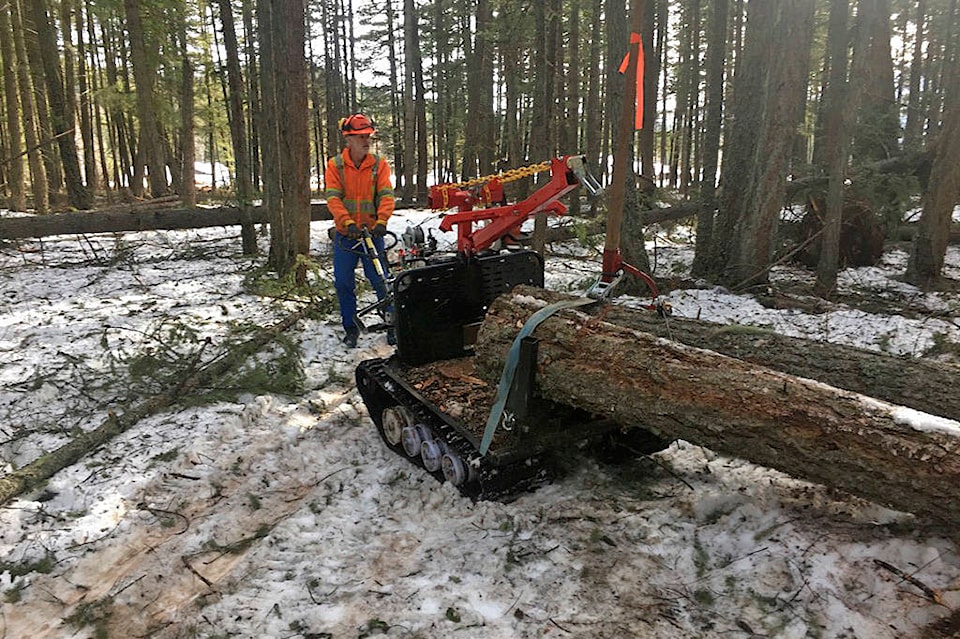They may not be as destructive as the pine beetle, but they are chomping their way through areas in the Shuswap.
An infestation of Douglas-fir beetle is necessitating the salvage of affected trees, with work currently underway on parts of the South Canoe trails.
The Shuswap Trail Alliance has been keeping trail users apprised of the work in the Malibu area of the trail network, where the City of Salmon Arm has been collaborating with Silvatech Consulting Ltd.
Salvaging is intended to prevent the spread of the beetle by removing last year’s beetle brood which has been spending the winter in the fir trees. The work will also help reduce fuel in the case of a wildfire.
Most of the tree removal work was expected to be finished March 6, with clean-up expected the following week. The Malibu trails are closed but will be reevaluated on March 9.
Shuswap Trail Alliance will provide updates.
Information on the Douglas-fir beetle is available from the Pacific Forestry Centre.
Read more: Salmon Arm and Neskonlith partner for wildfire protection
Read more: What can you do to protect your property from wildfires?
On Feb. 10, Silvatech representatives addressed city council and council approved a motion to authorize Sk’atsin Silvatech Ventures LLP, a Neskonlith band subsidiary, to harvest and administer the removal and sale of the beetle-infested trees in the Canoe Creek area.
Terry Smith of Silvatech told council that “quite a large infestation of fir bark beetles all across Larch Hills is happening,” and pointed to areas throughout South Canoe in the trail section, along Metford Dam Road, across the creek next to Canoe Forest Products licences and down by the city’s gravel pit at the bottom of the hill next to the new parking lot.
“That will keep growing, they will keep happening,” he said.
The week of March 2, tree removal was ongoing with small mini-skidding type equipment to keep damage to a minimum.
“What we’ve proposed to do is combine our wildfire fuel management with the beetle epidemic because what happens is the beetles kill the trees, they’re dropping branches, they dry out, and they become a bigger fire hazard,” Smith said.
Read more: Shuswap residents urged to ensure their yard isn’t what spreads a wildfire
Read more: Salmon Arm residents learn how to protect properties from wildfire
Consultant Wes Bieber, a forester, said he has counted the trees to be removed in the five-hectare area in question, and they are estimated to total two loads of beetle-infested logs for salvage.
Trees are categorized as red, grey and green attack.
Only the green attack trees are infested with fir beetle, he said, while in the older attack – red and grey – the beetles have left the trees and they’re dead and standing, resulting in a fire hazard.
Smith explained that any trees damaged through the logging, and some others, are felled and left on the ground to serve as trap trees to attract the beetle so they don’t attack as much of the standing forest.
“When you put trees down that are green, the pheromones given off really attract the beetle. Then after the beetle flight we go in and take them out.”
Couns. Tim Lavery and Debbie Cannon asked several questions about the process and funding involved.
Smith said the particular area being done will likely result in a break-even situation in terms of revenue, but if a larger area is discovered that would be more economical to log, he would suggest the city take it on.
The provincial government provides a guide to managing Douglas-fir beetles on private property.
marthawickett@saobserver.net
Like us on Facebook and follow us on Twitter


